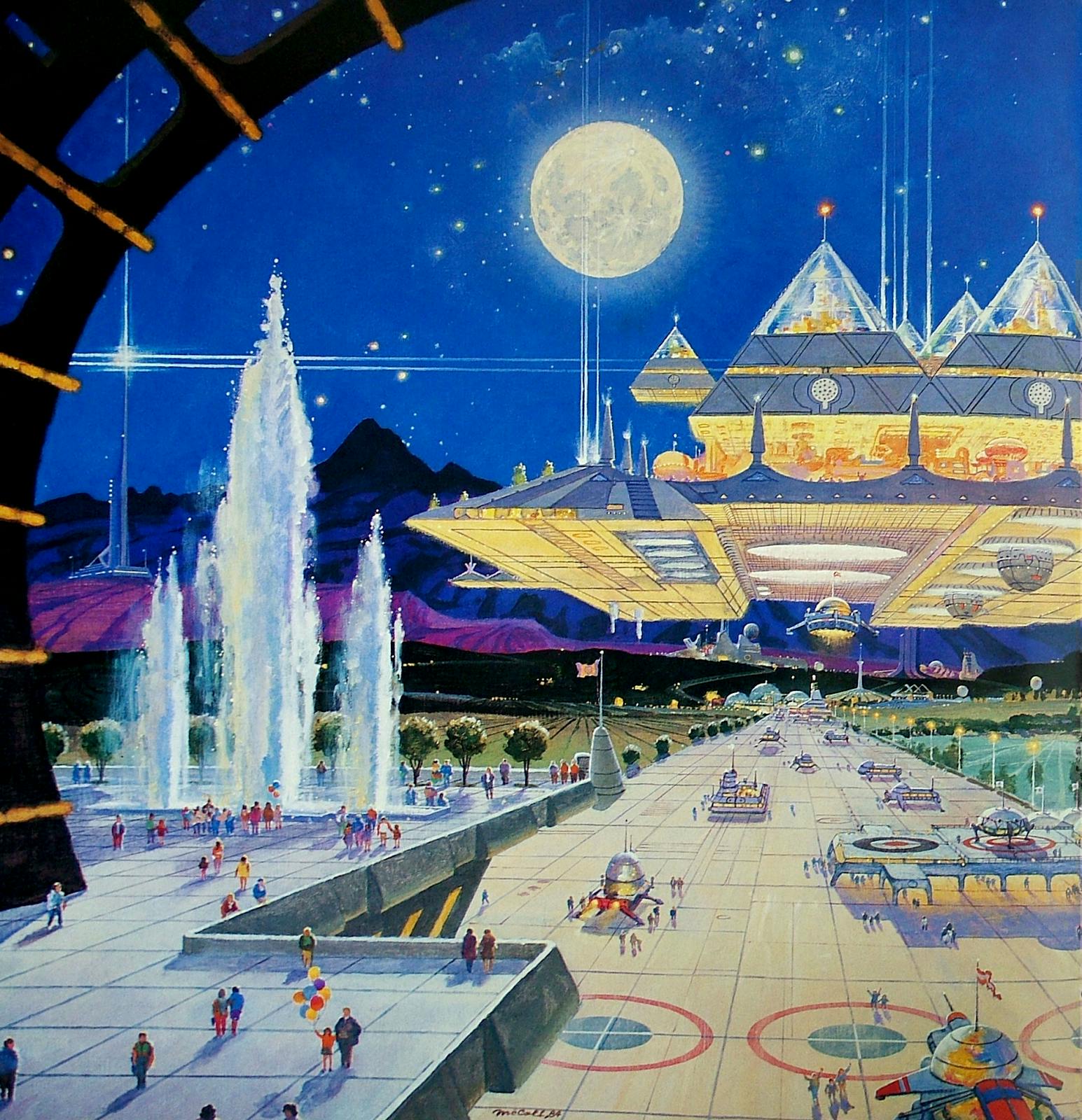
2024-5-24 04:7:16 Author: hackernoon.com(查看原文) 阅读量:3 收藏
Illustration created with NightCafe
As we’ve followed the fascinating twists and turns of numerous works of fiction, whose plots are in one way or another connected with robots, how many of us thought about the fact that we are already living in the very "robotic future" that is often presented in science fiction books, movies, and TV series? It's not as if someone drew a line and said: "By crossing this line, we are stepping into a new era." It's pretty obvious that even the fastest adoption of technology is still gradual. And that's fortunate, as it gives us the opportunity to adapt to the major socio-economic changes that are associated with technological advances. And there is no doubt that robotization entails these major changes.
Let's take a look at the current level of robotics development and implementation. Statistics, as usual, will most accurately present the current state of affairs. And the most eloquent statistics of all are financial statistics. And it says that in 2022, the volume of the robotics market amounted to
Interestingly, the service robot market is developing most actively. In 2022, it will account for
Today, the state of affairs has changed. Several service and collaborative robots (cobots) have emerged from their diapers and begun to perform their duties in a wide variety of spheres. We are sure that among the readers of this text, there are those who, at home or in the office, use a robot vacuum cleaner and/or robotic carts to deliver various items. But these are by no means the most interesting examples of robotics technology. They are already being replaced by more advanced examples. An example of the next iteration is the
The current generation of service robots and cobots are already capable of taking over a number of routine, low-skill tasks. For example, they can perform the functions of nurses, security personnel, cleaners, porters, packers, waiters, pickers, "serve and fetch" assistants, and so on and so forth. As a rule, they are equipped with AI that is smart enough to execute voice commands that are given in any form.
A separate topic is robotic transportation. According to forecasts, by 2030,
As far as industrial robots are concerned, today, the creation of fully automated plants and factories is in full swing. In developed countries like South Korea,
Illustration created with NightCafe
The logical development of this concept is the creation of fully automated production facilities. In other words, plants, factories, and other production facilities will each, in fact, be a large and incredibly complex robot. By the way, there is a place for humanoid robots in these production environments, too. However, they should not be considered industrial robots; instead, they should be identified as a new level of service and collaborative robots designed to interact with other robots and maintain their workspaces.
What will it look like?
Note that we consider most predictions for robotics adoption and development that are statistically based to be too conservative. Of course, solid researchers simply must proceed with caution. But we will allow ourselves to draw on a history in which technological progress has often raced ahead of predictions based on statistical analysis. Think of the rapid evolution of cell phones into smartphones or the first personal computers into light, sleek laptops.
So, let's try to imagine a robotic life ten years from now based on a similar rapidity in development. Industrial and factory production will be fully roboticized. Mass-produced goods will be produced by robotic factories. Service robots and cobots will maintain and repair these production facilities; self-directed transportation will deliver raw materials to them and export their finished products.
Agriculture will also become extremely automated. This is particularly true with the development of technologies for growing meat products. Traditional livestock farms will mostly disappear, which, it should be noted, will have a positive impact on the environment.
Service robots will take over most of the work in commerce and the service industry, which hasn’t transitioned into virtual reality. They will also take care of household chores, repairs, construction, cleaning, street beautification, and the like.
Freight transportation and public transport will be completely taken over by self-driving trains, planes, airships, copters, buses, cabs, air cabs, and so on. The share of self-driven private transportation will gradually increase. This trend will be accelerated under the pressure of increasingly stringent safety requirements for drivers.
All of the above, combined with the development of artificial intelligence and augmented reality, will rid people almost completely of the work being performed currently that is strenuous, boring, monotonous, or poses a risk to health (or is simply dangerous). In other words, people are not going to have to do most of the work that people have to do now. But what will mankind do? At least that part of it that will enjoy civilization’s benefits? This is the final chapter of our future fantasy.
Robert McCall – Metropolis 2050 #4
The article was created in collaboration with Andriy Tkachenko
如有侵权请联系:admin#unsafe.sh

